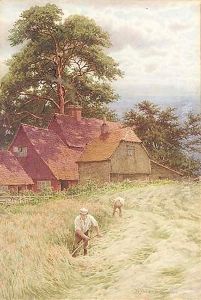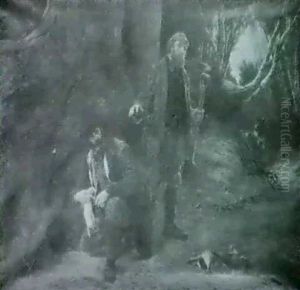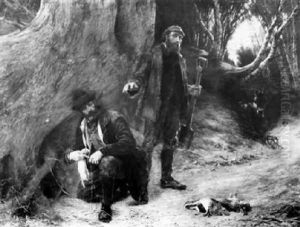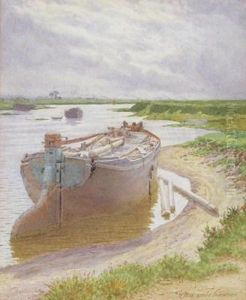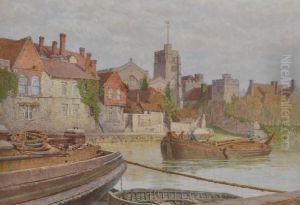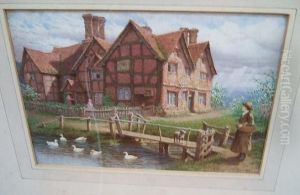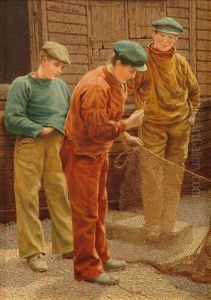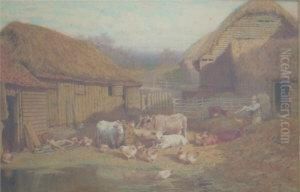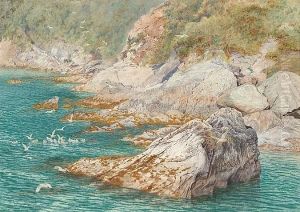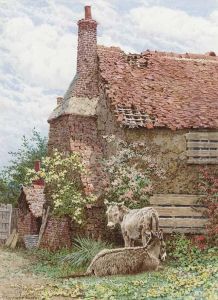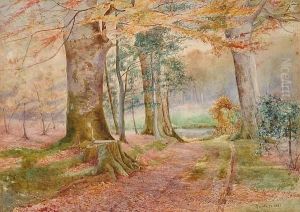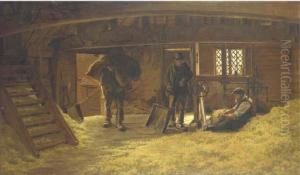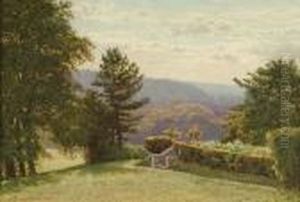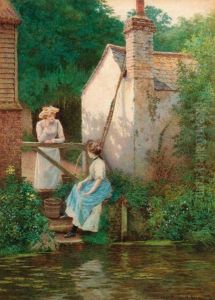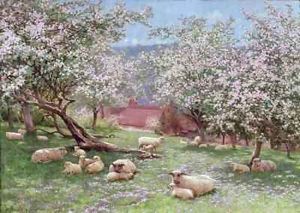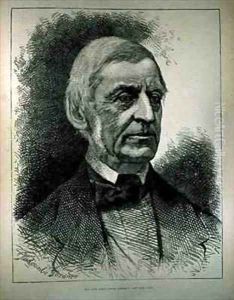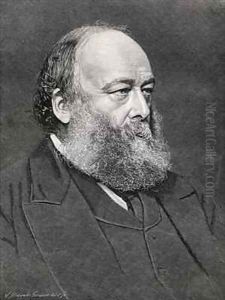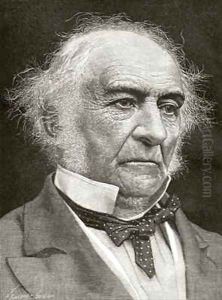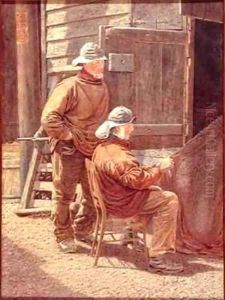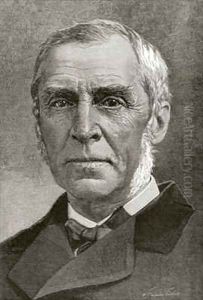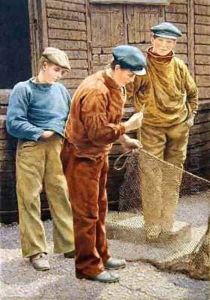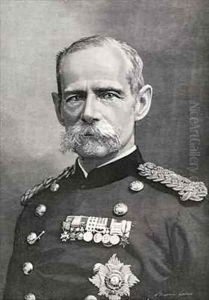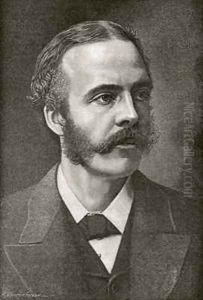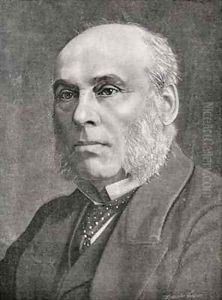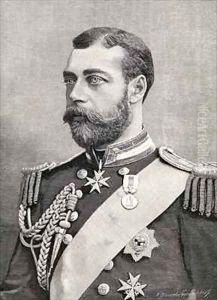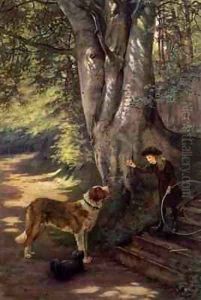William Biscombe Gardner Paintings
William Biscombe Gardner was a British artist known for his watercolor landscapes and marine paintings. Born on 14 October 1847 in London, Gardner displayed an early talent for drawing and painting. He was educated at South Kensington School of Art and later at the National Art Training School, where he honed his skills in figure and landscape painting.
Gardner's career began to flourish in the 1870s when he started exhibiting his work at venues such as the Royal Academy and the Royal Institute of Painters in Water Colours. His landscapes often depicted the English countryside, and he was particularly fond of painting scenes from Kent, Surrey, and the Thames. Gardner's attention to detail and ability to capture the changing moods of nature won him considerable acclaim.
Apart from landscapes, Gardner also painted marine scenes and coastal views, reflecting his interest in the sea and maritime activities. He traveled extensively around the British coast to find inspiration for his work. His marine paintings were noted for their realistic depiction of water and atmospheric effects.
Throughout his career, Gardner was an active member of the art community. He was elected a member of the Royal Institute of Painters in Water Colours in 1884 and served as its Vice President for a time. He was also associated with other art institutions and participated in numerous exhibitions.
William Biscombe Gardner's work resonated with the Victorian public's fascination with nature and the countryside. Despite the rise of modernist trends in art at the turn of the century, Gardner continued to follow a traditional approach to landscape painting until his death on 6 November 1919. Today, his paintings can be found in various art collections, including those of public galleries and institutions, where they continue to be appreciated for their serene beauty and technical mastery.
